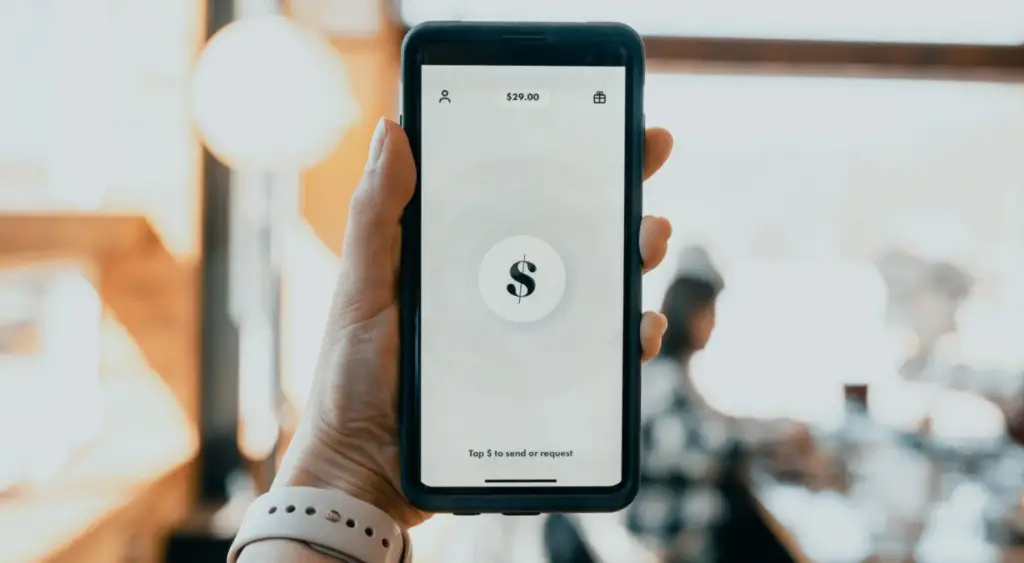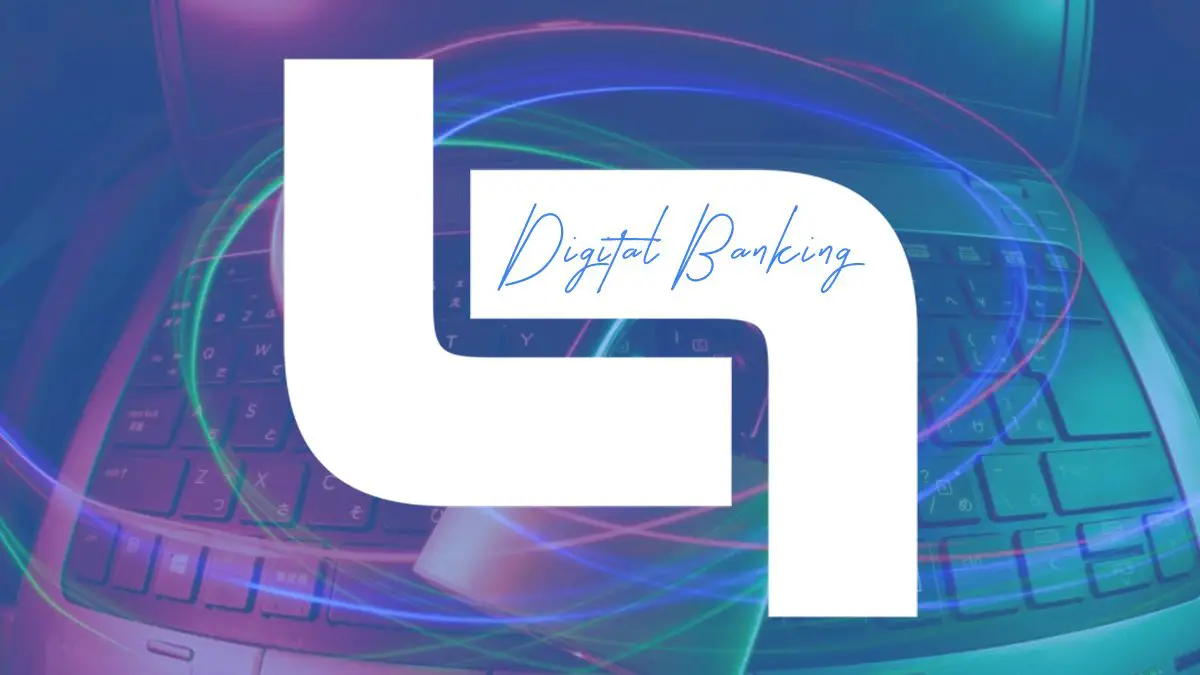People would go to a physical bank to take care of their banking needs in the past. However, in today’s digital age, more and more people are turning to online banking. This is more convenient for customers, but it also allows banks to offer more services. However, with this move to digital banking comes an increased risk of cyber-attacks. Cybercriminals can steal personal information, such as account numbers and passwords, or they can empty an account.
Some clever criminals have even been able to transfer money from one customer’s account to another without the customers’ knowledge. Hackers have become more sophisticated and aggressive in stealing people’s personal and financial information. As a result, people need to be aware of the dangers of digital banking cybersecurity and take steps to protect themselves from cybercrime. Here are some of the most common cyber security issues banks face.
What Is Cybersecurity?
Cybersecurity is the practice of protecting computer networks and systems from unauthorized access or damage. It includes both hardware and software security measures. Hardware security measures include things like firewalls and intrusion detection systems.
Software security measures include things like antivirus software and password protection. Cybersecurity also encompasses physical security measures, like ensuring data center facilities are secure. The goal of cybersecurity is to keep data safe from unauthorized access or theft.
One of the most important aspects of cybersecurity is data encryption, which helps to protect information from being accessed by unauthorized individuals.
Another important aspect is user education, which helps users understand how to protect their data and devices from being compromised. Cybersecurity is essential for keeping computer networks and systems safe from harm.
What Is the Importance of Cybersecurity for Digital Banking?

As we become increasingly reliant on technology in our everyday lives, it’s important to ensure that our data and information are kept safe. One area where this is especially important is when it comes to banking and financial transactions. While many people may think that their bank or credit union is doing enough to keep them protected online, the reality is that there are many steps you can take to help ensure your safety and security. Here are just a few reasons why cybersecurity is so important for digital banking.
1. To Protect Your Money
One of the most obvious reasons cybersecurity is important for digital banking is to protect your money. When you bank online, you trust your financial institution with a lot of personal and sensitive information. If this information were to fall into the wrong hands, one could use it to commit fraud or identity theft. By taking steps to protect your data, you can help to ensure that your money is safe from cybercriminals.
2. To Protect Your Personal Information
Another reason cybersecurity in banking is important since it plays the role of protecting your personal information. Data security in banks is essential to protecting the confidential information of customers. This includes things like social security numbers, account numbers, and passwords.
In addition, cyber security in the banking industry is also important to protect customer data against cyber-attacks. These attacks can take many forms, such as malware, phishing, and denial of service attacks. By taking steps to protect your data, you can help to ensure that your personal information is safe from cybercriminals.
3. To Prevent Fraudulent Transactions
Another reason cybersecurity is important for digital banking is to prevent fraudulent transactions. If your bank account or credit card information is stolen, you can make unauthorized purchases or withdrawals. This can lead to financial loss and damage to your credit score.
Maintaining bank network security helps prevent cybercriminals from gaining access to your account information. It also helps to detect and stop fraudulent transactions before they can cause any damage.
Cybersecurity Challenges Facing Digital Banking

There are several cybersecurity challenges facing digital banking—some of these issues in digital banking include.
1. Phishing
One of the biggest challenges facing digital banking is phishing. Phishing is a type of cyber-attack that occurs when criminals send emails or texts that appear to be from a legitimate source, like your bank. These messages often contain links or attachments that can infect your computer with malware or steal your personal information.
2. Third-Party Services
Another challenge facing digital banking is third-party services. When you use a third-party service to access your bank account or make a transaction, you trust that company with your personal and financial information. If this information is not properly secured, cybercriminals could steal it.
3. Malware and Ransomware
Another challenge facing digital banking is malware and ransomware. Malware is a type of software that one can use to steal your personal information or damage your computer. Ransomware is malware that can encrypt your files and hold them for ransom.
4. Spoofing
Spoofing is another challenge facing digital banking. This is when a criminal creates a fake website or email that looks like it is from a legitimate source, like your bank. They may use this to trick you into giving them your personal information or infecting your computer with malware.
5. Credential Stuffing
Credential stuffing is another challenge facing digital banking. This is when criminals use the stolen username and password combinations to try to access your bank account. If they are successful, they can steal your money or commit fraud.
By understanding the challenges facing digital banking, you can take steps to protect yourself from cybercriminals and online banking security issues.
Cases of Attacks in Cybersecurity in Digital Banking
Below are some of the Cases of attacks in cybersecurity in digital banking.
- In September 2018, a phishing campaign targeting customers of several Brazilian banks was discovered. The emails used in this campaign were designed to look like they were from the National Bank of Brazil (BNB).
- In November 2018, it was discovered that hackers had stolen $60 million from several banks in the Middle East. The hackers used a type of malware called “Tyupkin” to access the banks’ ATMs and withdraw funds.
- In December 2018, it was reported that a cyber-attack had hit several banks in Vietnam. The hackers used malware to steal millions of dollars from the banks.
How to Prevent Cyber-Attacks in Banking

In recent years, there have been several high-profile cyber-attacks on banks. This has led to concerns about the safety of online banking and the risk of personal financial information being stolen. There are several steps that banks can take to help prevent cyber-attacks.
Firstly, they can ensure that their websites and apps are secure and use up-to-date security features. Secondly, they can educate customers about protecting their personal information and what to do if they suspect that their account has been compromised. Finally, banks can invest in robust cybersecurity technologies and systems to help identify and respond to threats.
By taking these steps, banks can help to reduce the risk of cyberattacks and keep customer information safe.
Conclusion
Digital banking is convenient, efficient, and secure. However, cyber security vulnerabilities can pose a serious threat to banks and customers. To mitigate these risks, banks need to implement strong cyber security measures. These may include firewalls, intrusion detection systems, and encryption technologies.
Customers can also take steps to protect themselves, such as choosing secure passwords and not sharing personal information online. We can help ensure that digital banking remains a safe and convenient way to manage our finances by taking these precautions.


